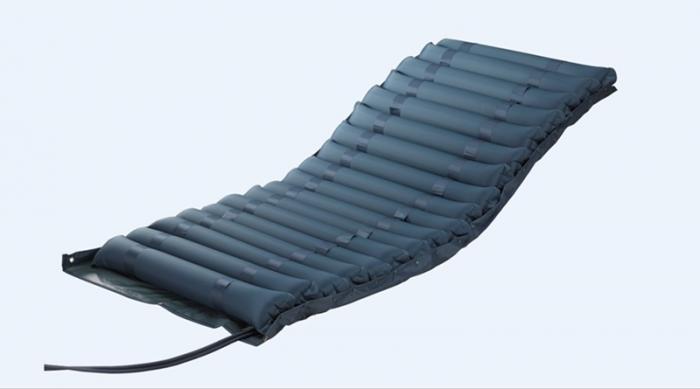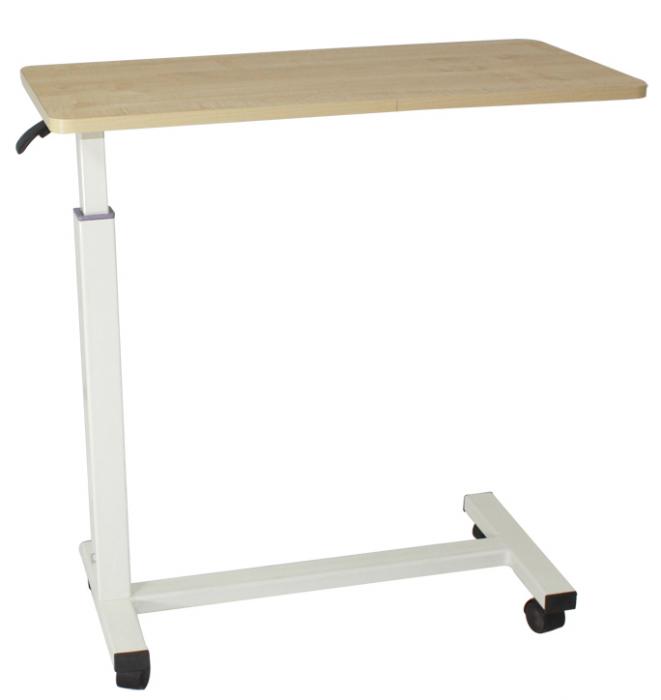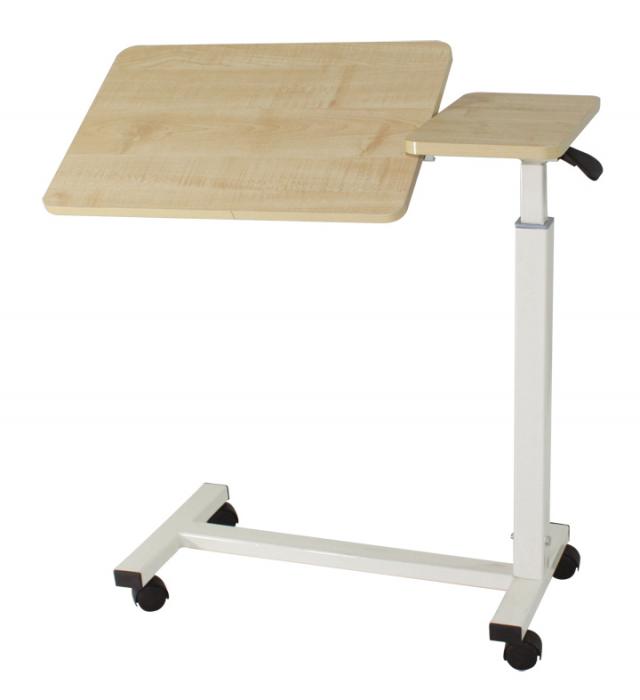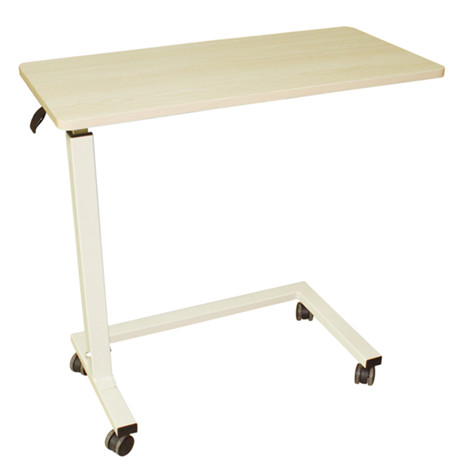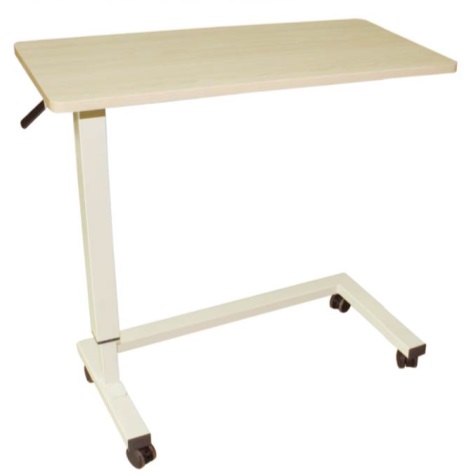| Name: | Bedsore Mattress |
|---|---|
| Model No.: | QDC-501 |
| Product Name: | Bedsore Mattress |
| Brand: | BESCO |
| MOQ: | 100 units |
| Keywords: | Bedsore Mattress,Anti-decubitus Mattress,Pressure Relief Mattress |
| Sample: | Available |
| Lead time: | 25 days |
| Payment Term: | T/T in advance |
| Country of Original: | China |
| Port: | Qingdao |
| Stock: | Available |
| Factory Address: | Jiangmen |
| Office: | Zhengzhou,China |
Products Description
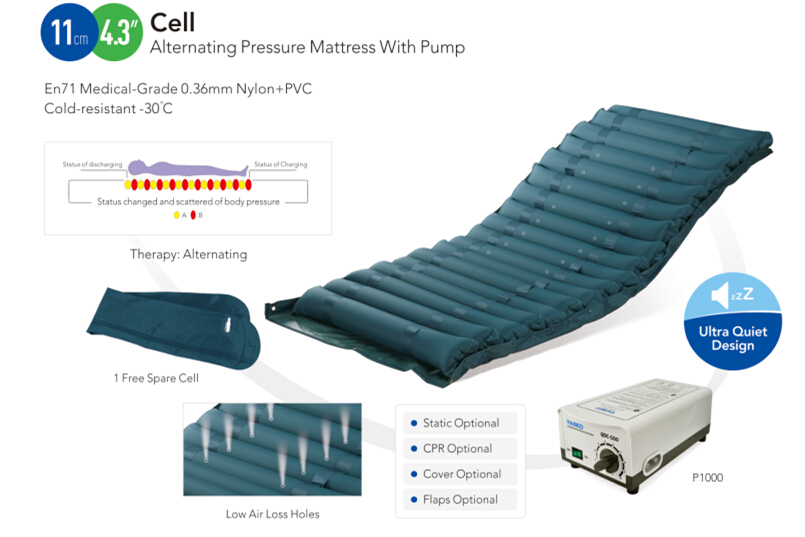
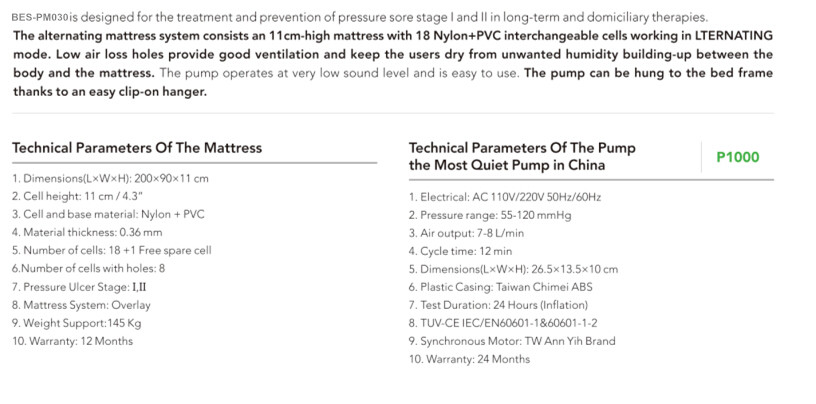
A Bedsore Mattress, also known as a pressure relief mattress or anti-decubitus mattress, is a special medical device designed to prevent and treat bedsores (pressure ulcers) by redistributing a person's weight and reducing constant pressure on any single area of the body. These mattresses are essential for individuals who are bedridden or have limited mobility, as they promote healthy blood flow and skin integrity by minimizing pressure build-up on bony prominences like the hips, heels, and back.
How Bedsore Mattresses Work
Bedsore mattresses achieve their function in several ways, depending on the type:
Pressure Redistribution: They use materials like foam or air to conform to the body, spreading the user's weight over a larger surface area.
Alternating Pressure: Air-filled mattresses can inflate and deflate certain chambers in a cycle, regularly shifting the pressure points to improve circulation.
Improved Airflow: Some advanced mattresses offer low air loss features that help prevent moisture buildup, which can contribute to skin breakdown.
Why They Are Used
Preventing Bedsores: The primary goal is to stop pressure ulcers from forming.
Aiding Treatment: They can also help to heal existing pressure sores by improving blood flow and relieving pressure.
Enhancing Comfort: For individuals who must lie in bed for extended periods, these mattresses provide greater comfort.
Supporting At-Risk Patients: They are critical for people with restricted mobility or those with poor skin integrity, where the risk of bedsores is high.
Bedsore mattresses are designed to distribute body weight evenly, reduce pressure on vulnerable areas, and promote blood circulation to prevent and treat pressure ulcers (bedsores). Key features include alternating pressure air cell systems that cyclically inflate and deflate, high-density foam or viscoelastic materials for static support, adjustable pressure settings, quiet pumps for minimal disruption, and durable construction for prolonged use. The choice between static and dynamic systems depends on the patient's risk level for developing bedsores.
Key Features of Bedsore Mattresses:
Pressure Redistribution:
Alternating Pressure Technology: Air-filled cells inflate and deflate in cycles, changing pressure points and preventing prolonged pressure on any single area, promoting healthy blood flow.
Static Support (Foam/Viscoelastic): High-density foam or memory foam distributes pressure evenly across the body's surface, providing constant support for patients at low to medium risk.
Mobility and Positioning:
Reduced Shear and Friction: The even weight distribution and changing pressure help minimize skin damage caused by rubbing or shearing forces.
Enhanced Circulation: By preventing constant pressure, these mattresses improve blood flow, which is vital for skin and tissue health.
Patient Comfort and Care:
Customizable Pressure: An adjustable pump allows users to set the pressure level for personalized comfort.
Quiet Operation: Whisper-quiet pumps ensure a peaceful environment for the patient.
Ease of Use and Cleaning: Made with high-quality, durable materials, these mattresses are designed for easy cleaning and long-term use.
Types of Bedsore Mattresses:
Dynamic/Alternating Pressure Mattresses: Ideal for high-risk patients or those with existing sores, using air cells to continuously change pressure.
Static Mattresses: Suitable for low-to-medium risk patients, offering consistent pressure relief with memory foam or other high-density materials.
